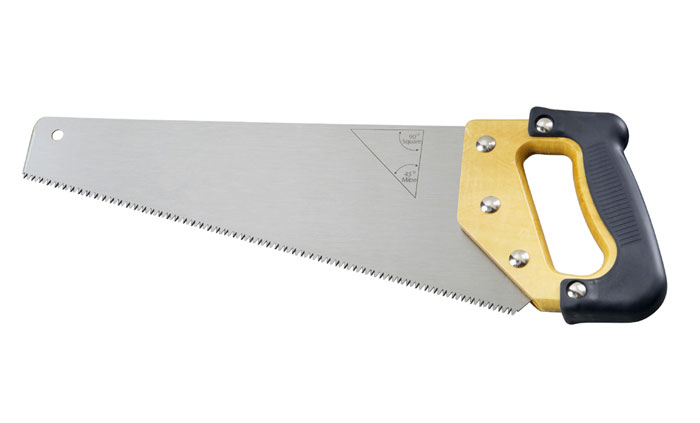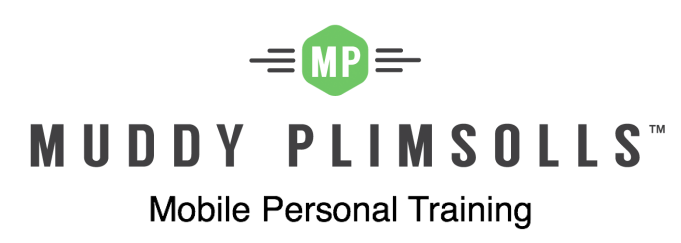Sharpening the saw: educating the personal trainer

Training the trainer
Continuing Professional Development (CPD) is so important for all fitness professionals. Whether its improving one’s knowledge of sports science, nutritional principles or business practises, personal trainers need to keep their knowledge current and in depth. It’s part of a commitment to our professionalism along with customer service and and health and safety of the client. Stephen Covey had a great description for this process: sharpening the saw. This autumn, I was keen to learn more about kettlebells. This piece of exercise equipment has gained popularity in recent years and it’s one that my clients have asked me about. Whilst I have some personal training education and experience with these cannonball-shaped weights, I wanted to learn more. So I joined a class of fitness students for a one-day practical course hosted by Discovery Learning.
The use of Kettlebells for athletic development has a long history starting in Ancient Greece and moving to 19th century Russia. The practise of swinging these weights remained popular in the former Soviet Union and today its influence has spread to the west. Kettlebells look deceptively simple to use, but learning about good technique and safe practise is essential for getting the most from them whilst avoiding injuries.
What to look for in a personal training course
At Discovery Learning’s training centre in west London, Mark was our tutor for the day. He communicated clearly and effectively the fundamentals of the kettlebell system and he was clearly a big fan of the equipment. This enthusiasm came through in his thoroughness in covering kettlebell principles, safety and teaching considerations. From his instruction, I felt well versed in the basics of good technique and safe practise with kettlebells.
Although Mark was thorough in his explanations, he also put myself and the other students through a full-on sequence of practical sessions. After an appropriate mobility, warm up and stretching segment, we got down to some serious work. Using a variety of kettlebell weights, we spent time (with a partner) learning each of the ten basic moves. These included the swing, deadlift, squat, presses, the bent over row and the windmill. We also practised how to cue the correct teaching points on our partners, until Mark was satisfied we were doing it correctly.
The practical session ended with a punishing Tabatta trial consisting of kettlebell swings intervals alternating with lunges. My back, legs and core were stiff for days afterwards. But as Mark had predicted – if I had got my exercise technique right – it was the glutes that really felt it afterwards. Even up to a few days later, I still found it difficult to walk due to the delayed onset muscle soreness. (This, of course, is high praise coming from a fitness professional).
At the end of the day, I was satisfied to see that the exercise system we favour at Muddy Plimsolls shares the same principles of good kettlebell training: simplicity, effectiveness and safety. My course – and the manual that came with it – was a great starting point for continuing to practise and develop knowledge on such an interesting subject.
